Understanding multiplication following counting, addition, and subtraction is good. Young children learn arithmetic through a organic progression. This progress of learning arithmetic is usually the subsequent: counting, addition, subtraction, multiplication, and finally division. This assertion results in the issue why learn arithmetic in this sequence? Most importantly, why understand multiplication soon after counting, addition, and subtraction just before division?
The subsequent facts answer these questions:
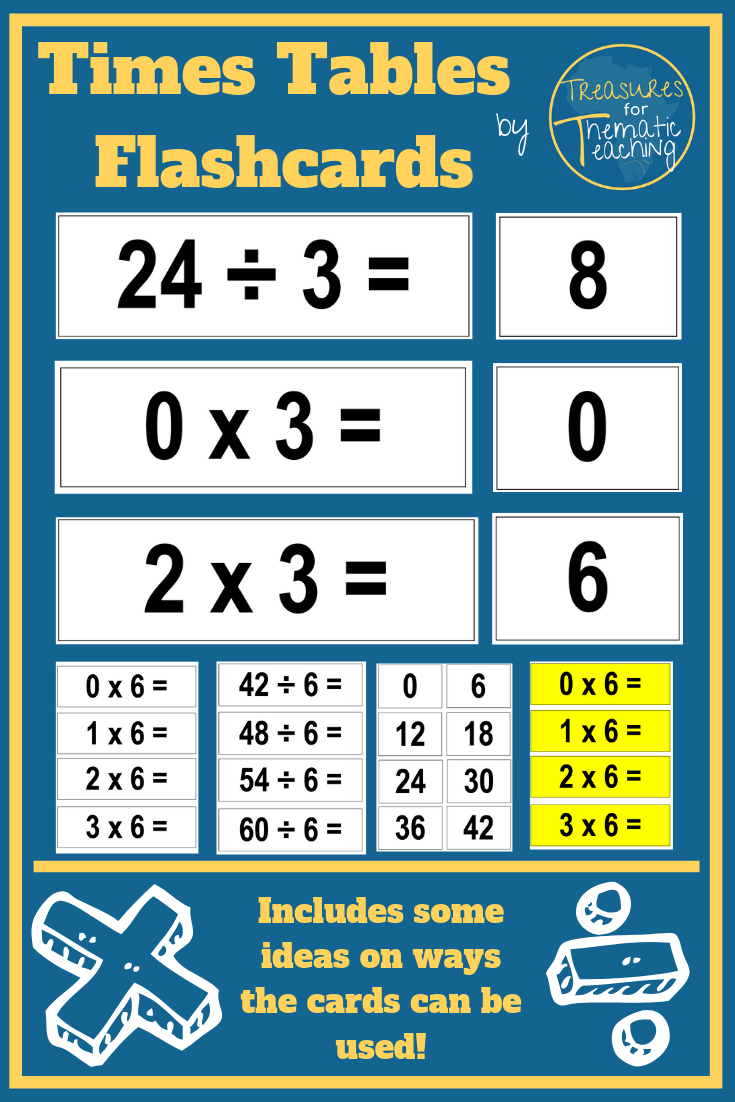
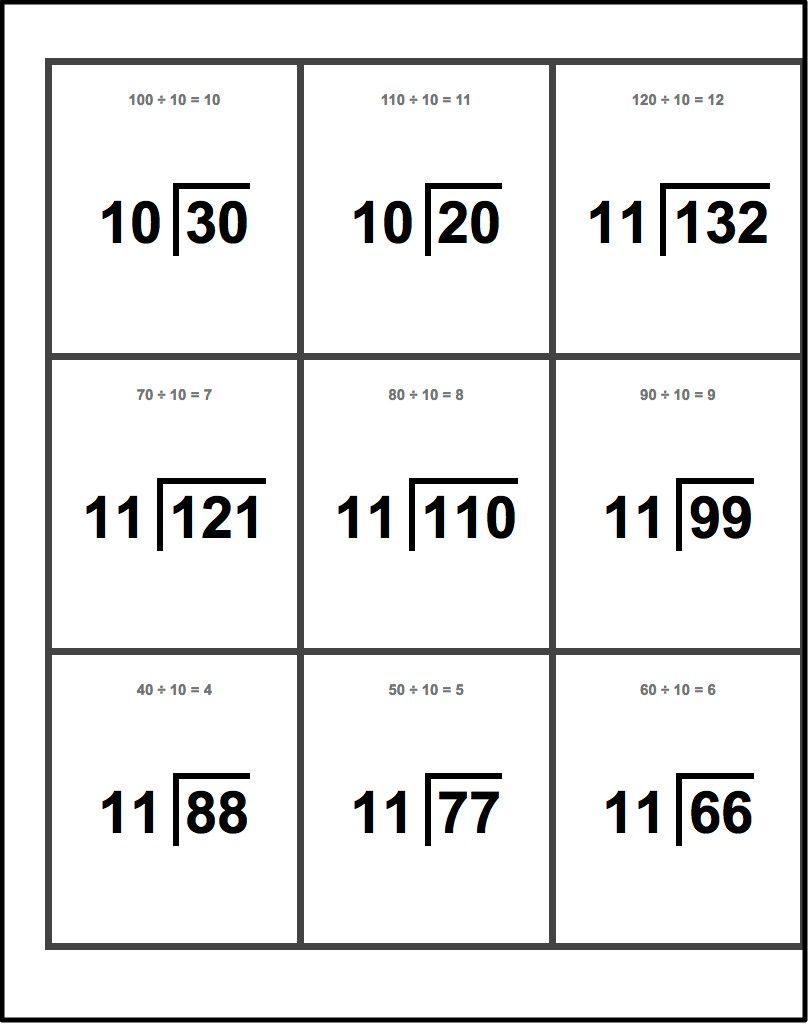
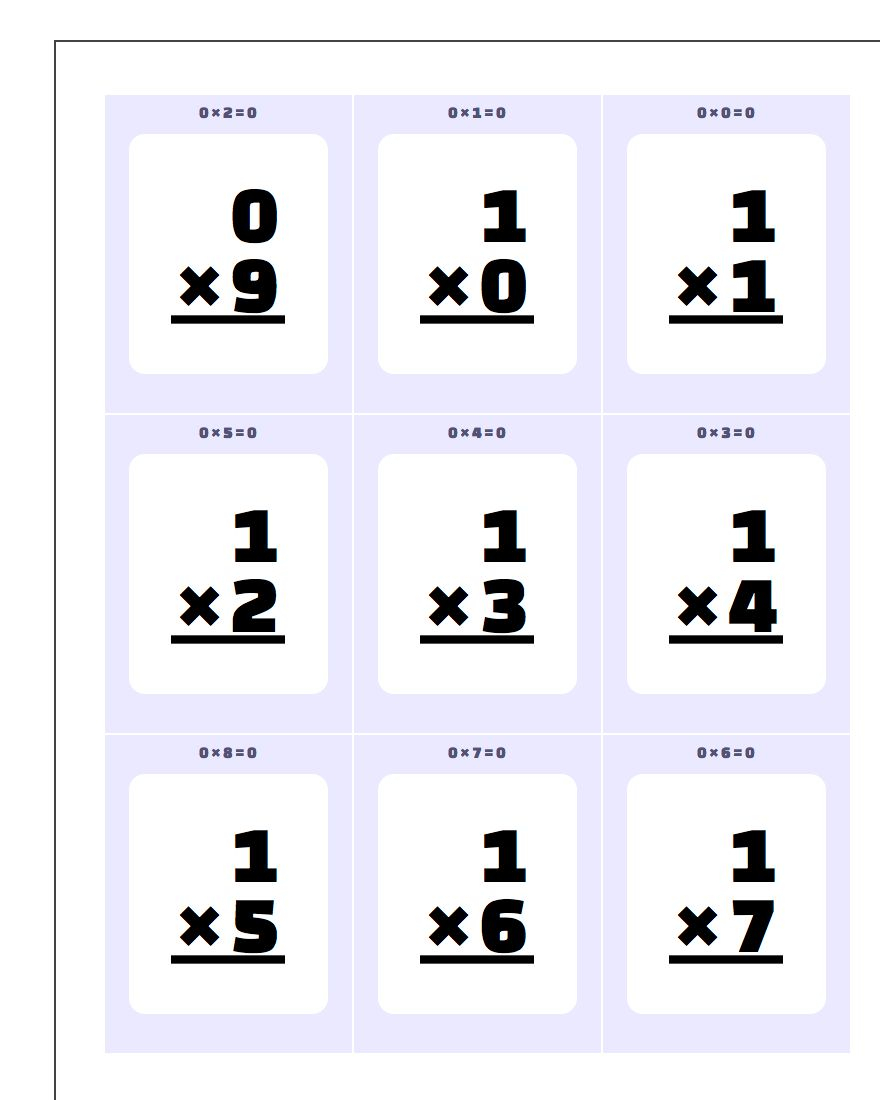
- Youngsters discover counting initially by associating graphic objects because of their fingers. A real example: The number of apples are available inside the basket? More abstract instance is how older are you currently?
- From counting phone numbers, the subsequent reasonable step is addition combined with subtraction. Addition and subtraction tables can be quite beneficial teaching aids for kids as they are graphic equipment making the cross over from counting easier.
- Which will be figured out after that, multiplication or section? Multiplication is shorthand for addition. At this stage, kids use a firm knowledge of addition. Consequently, multiplication is definitely the next reasonable type of arithmetic to learn.
Review fundamentals of multiplication. Also, look at the basics how to use a multiplication table.
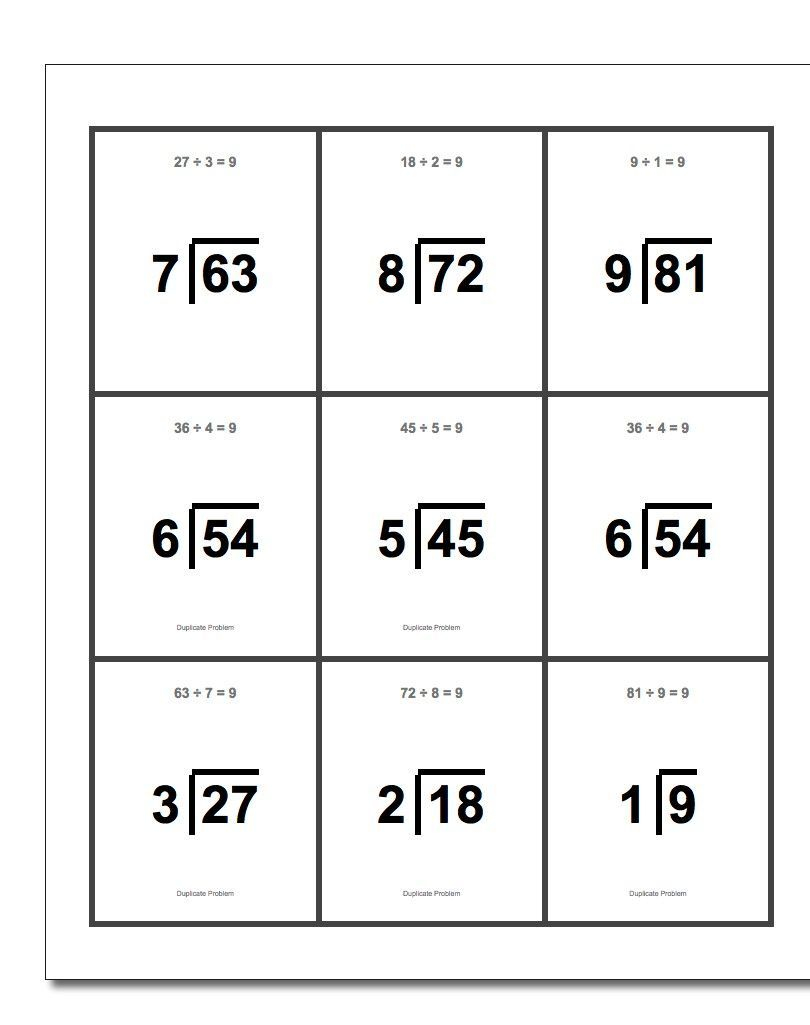
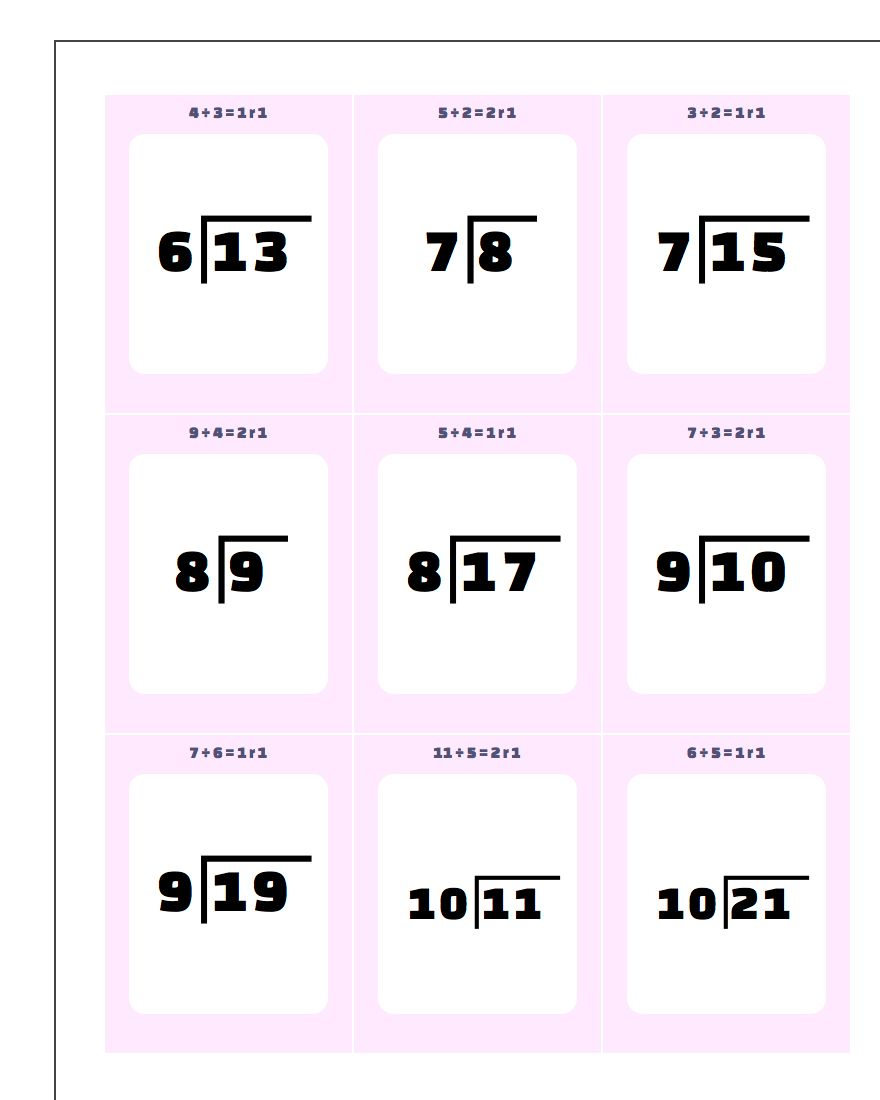
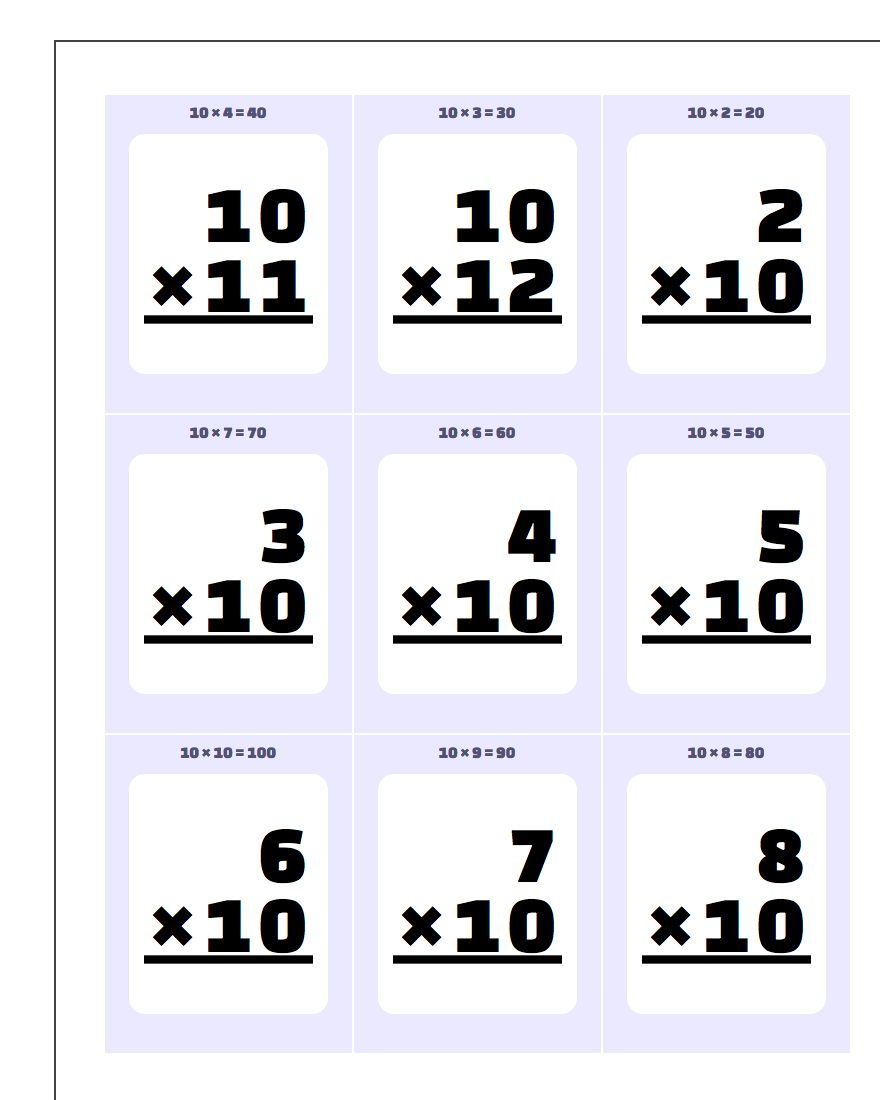
We will overview a multiplication case in point. By using a Multiplication Table, grow 4 times 3 and have a response a dozen: 4 x 3 = 12. The intersection of row three and line several of any Multiplication Table is 12; a dozen may be the respond to. For youngsters starting to find out multiplication, this really is simple. They may use addition to resolve the issue therefore affirming that multiplication is shorthand for addition. Illustration: 4 x 3 = 4 4 4 = 12. It is an excellent overview of the Multiplication Table. The additional benefit, the Multiplication Table is visual and displays back to discovering addition.
Where should we commence discovering multiplication using the Multiplication Table?
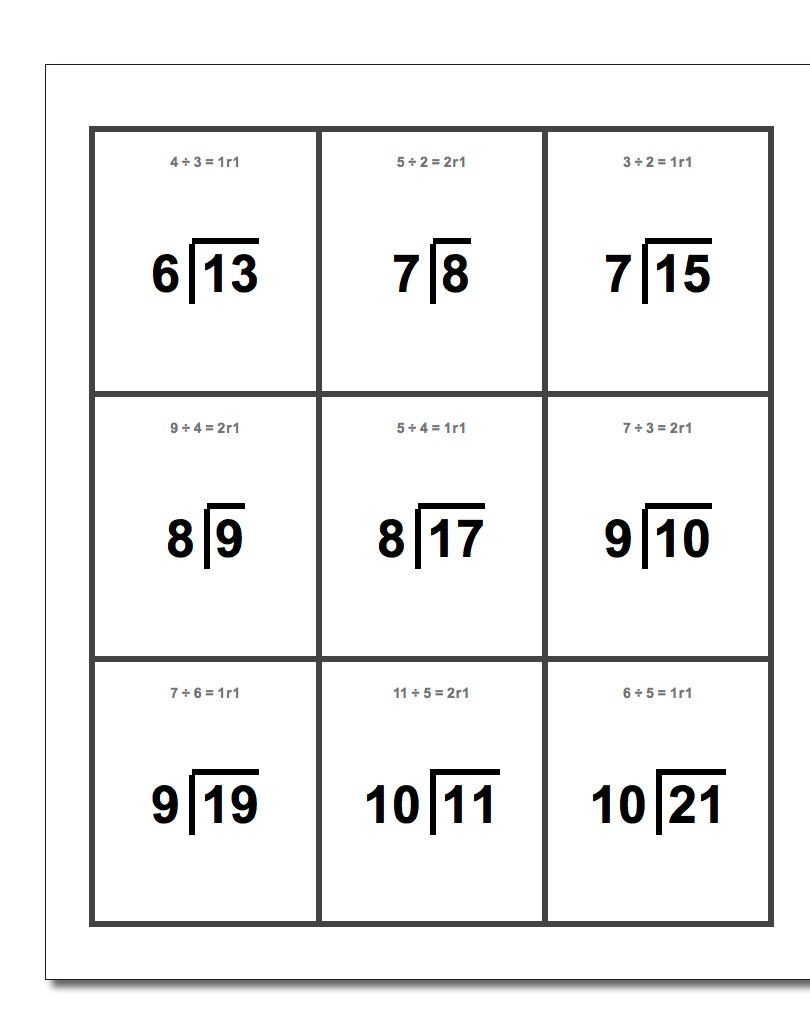
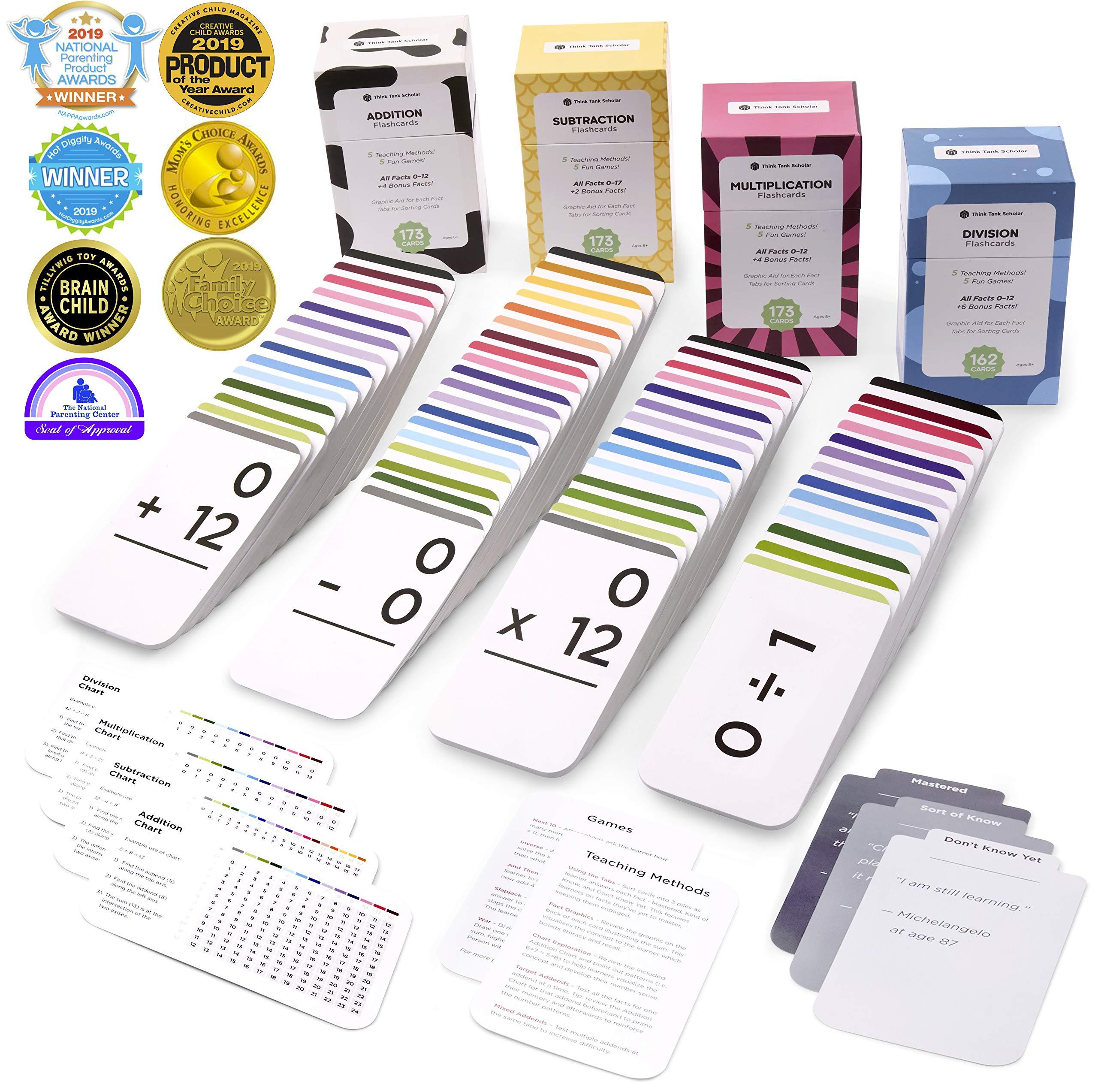
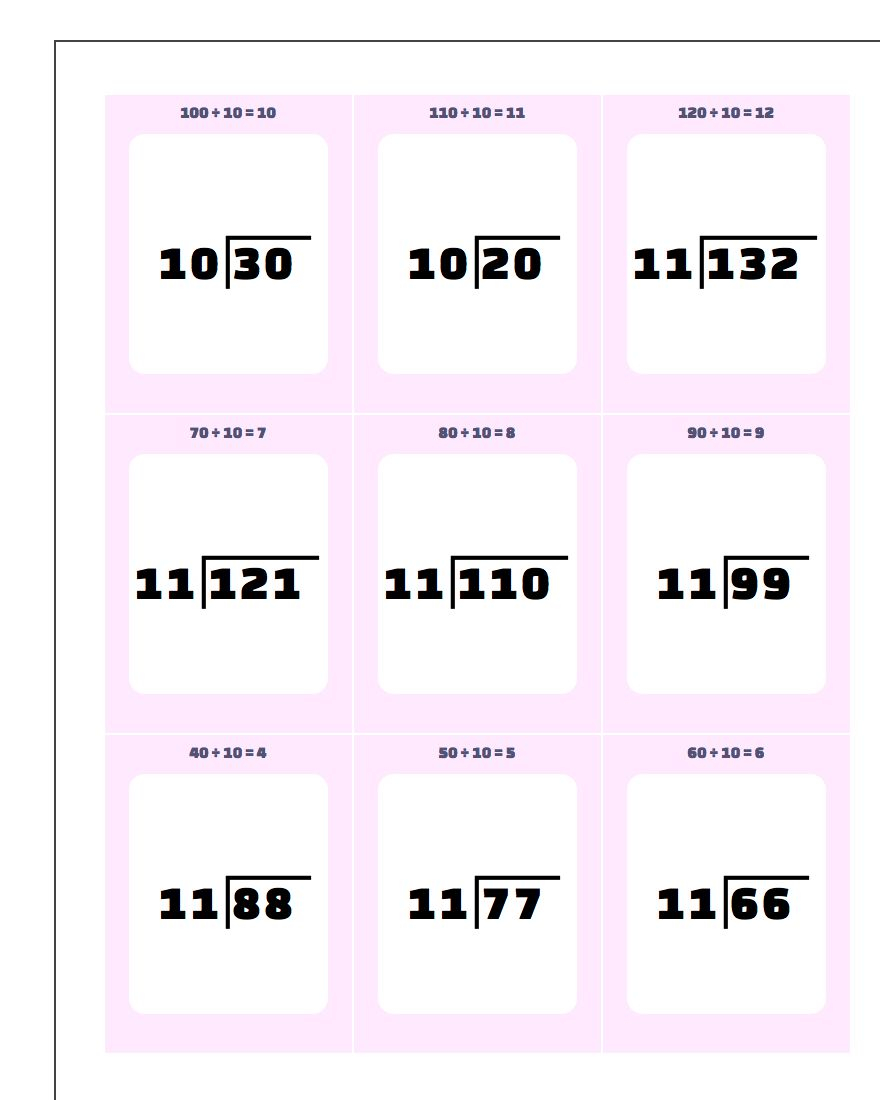
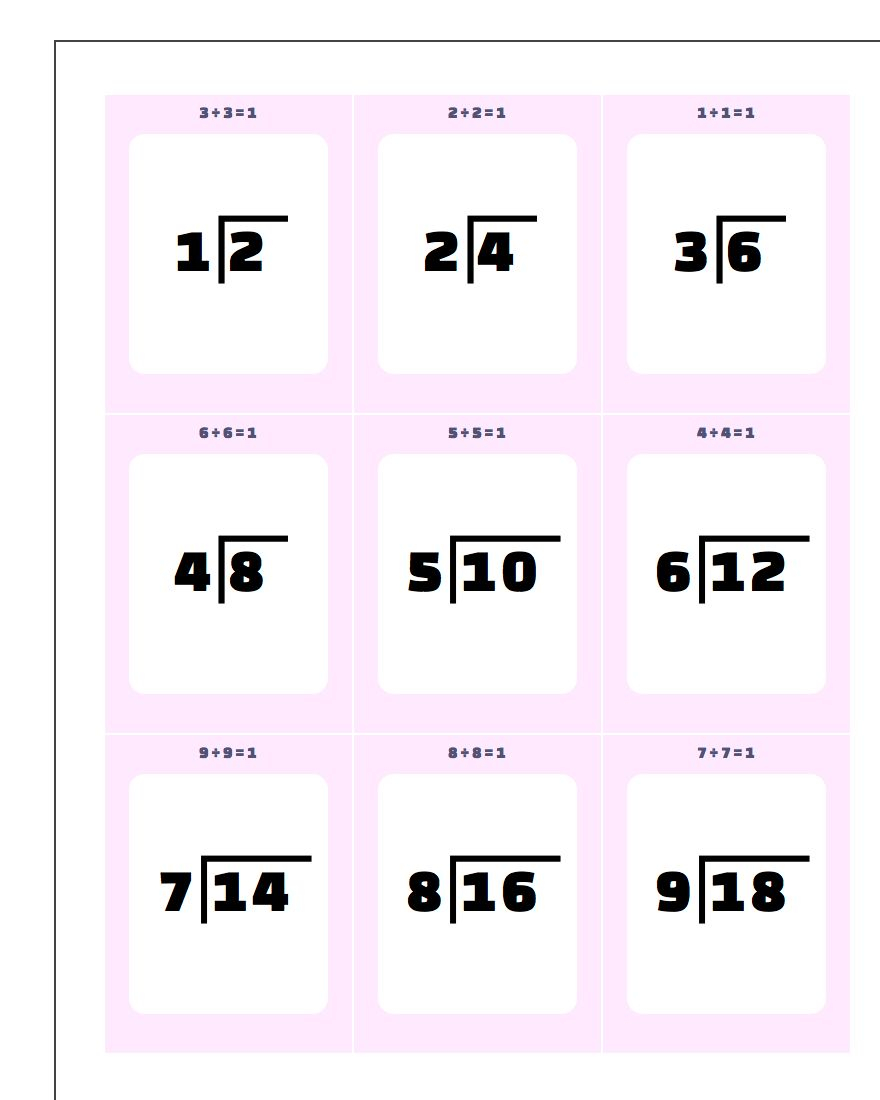
- Initial, get acquainted with the table.
- Get started with multiplying by one particular. Begin at row primary. Relocate to line # 1. The intersection of row one and line one is the perfect solution: one particular.
- Replicate these actions for multiplying by one particular. Multiply row one by columns one by way of a dozen. The responses are 1, 2, 3, 4, 5, 6, 7, 8, 9, 10, 11, and 12 correspondingly.
- Repeat these steps for multiplying by two. Grow row two by posts one particular via 5. The answers are 2, 4, 6, 8, and 10 respectively.
- Let us leap in advance. Recurring these techniques for multiplying by 5. Multiply row five by columns 1 by way of 12. The answers are 5, 10, 15, 20, 25, 30, 35, 40, 45, 50, 55, and 60 correspondingly.
- Now we will improve the amount of issues. Repeat these steps for multiplying by 3. Multiply row a few by columns one particular through a dozen. The responses are 3, 6, 9, 12, 15, 18, 21, 24, 27, 30, 33, and 36 respectively.
- In case you are comfortable with multiplication so far, try a analyze. Fix the following multiplication problems in your mind and then examine your responses towards the Multiplication Table: multiply 6 and 2, grow nine and three, grow one particular and 11, flourish several and four, and multiply 7 and two. The issue solutions are 12, 27, 11, 16, and 14 respectively.
If you obtained four out from several problems correct, make your own multiplication assessments. Compute the responses in your head, and appearance them using the Multiplication Table.